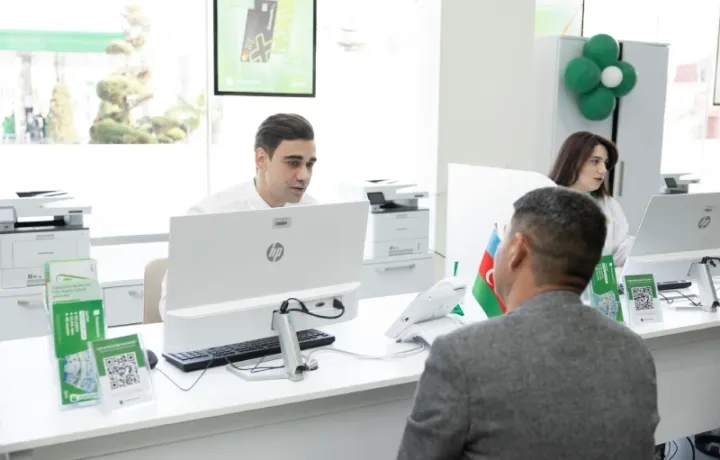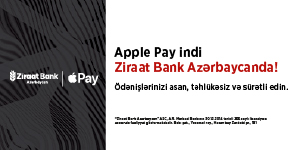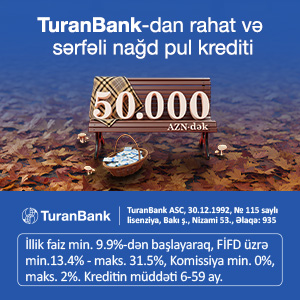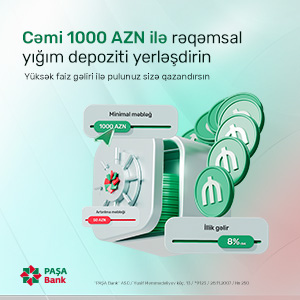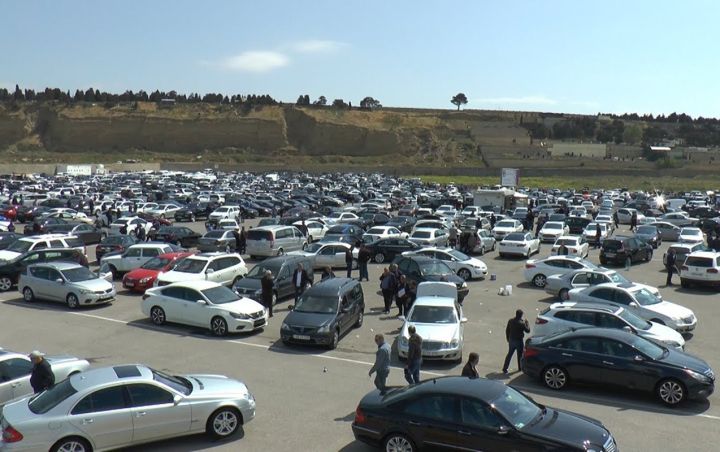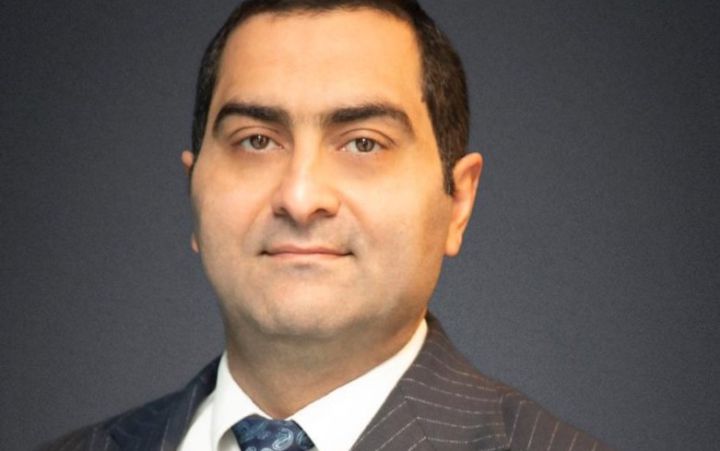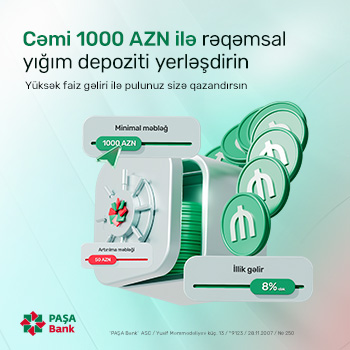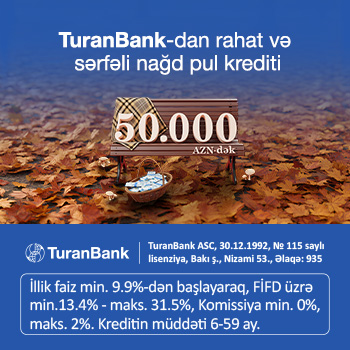Sahibkarlığın İnkişafı Fonduna ilk dəfə reytinq verildi

"S&P Global Ratings" reytinq agentliyi Sahibkarlığın İnkişafı Fondunun (SİF) uzun və qısamüddətli kredit reytinqini "BB-/B" səviyyəsində təsdiqləyib.
SİF-in yaydığı məlumatda bildirilir ki, sözügedən agentlik yaxın gələcəkdə SİF-in reytinqinin "stabil" olaraq qalacağını proqnozlaşdırır. Bu nəticə ilə SİF "S&P Global Ratings" -dən ilk dəfədən yüksək reytinq almış qurumlardan biri olub.
Qeyd edilib ki, qlobal reytinq agentliyinin yaydığı məlumata görə SİF-in ölkə iqtisadiyyatının inkişafında əvəzolunmaz rolu, dövlət və özəl sektor arasında əlaqələndirici mövqeyi reytinq agentliyi tərəfindən müsbət qiymətləndirilib. Fondun yüksək reytinq almasına təsir göstərən başlıca faktorlar güclü kapital mövqeyi və gəlirlilik səviyyəsi olub.
Reytinqin alınmasında əsas məqsəd qloballaşan bazarın tələblərinə uyğunlaşmaq, Fondun cari və potensial tərəfdaşları arasında etibarlılığını artırmaq və gələcəkdə xarici maliyyə vəsaitlərinin cəlb edilməsi üçün uyğun zəmin yaratmaqdır
Xatırladaq ki, Azərbaycan Respublikasının İqtisadiyyat Nazirliyi yanında Sahibkarlığın İnkişafı Fondu publik hüquqi şəxs Azərbaycan Respublikası Prezidentinin 2018-ci il 31 iyul tarixli Fərmanı ilə 1992-ci ildə təsis edilmiş Sahibkarlığa Kömək Milli Fondunun hüquqi bazası əsasında yaradılıb. Fondun başlıca məqsədi Azərbaycanda sahibkarlıq subyektlərinə maliyyə dəstəyinin göstərilməsini təmin etmək, sahibkarlığın inkişafına dövlət dəstəyi mexanizmlərinin təkmilləşdirilməsində ən yaxşı beynəlxalq təcrübələri təşviq etmək, dövlət və sahibkarlar arasında əməkdaşlığın inkişafına və qarşılıqlı inam mühitinin yaradılmasına nail olmaqdır.
30 illik fəaliyyət dövrü ərzində Fondun güzəştli kredit mexanizmindən 39 220 layihənin maliyyələşdirilməsi məqsədilə 29 310 sahibkarlıq subyekti yararlanıb və bu sahibkarlıq subyektlərinə 2,8 milyard manat həcmində kredit verilib.
XXX
Entrepreneurship Development Fund of the Republic of Azerbaijan Rated ‘BB-/B’; Outlook Stable
S&P Global Ratings today assigned its 'BB-/B' long-and short-term issuer credit ratings to Entrepreneurship Development Fund Of The Republic Of Azerbaijan (EDF). The outlook is stable.
The starting point for our long-term rating on EDF is the anchor of 'b-' for finance companies (fincos) in Azerbaijan. It is two notches below the 'b+' anchor for banks, based on economic and industry risk scores of '9' for Azerbaijan under our Banking Industry Country Risk Assessment (on a scale from 1 [lowest risk] to 10 [highest risk]). We believe fincos in Azerbaijan face incrementally higher industry risk than banks because they are more dependent on market-sensitive funding, owing to their lack of access to central bank funding, and they operate under weaker regulatory oversight and a weaker institutional framework, with higher competitive risk and typically less stable revenue through economic cycles.
EDF has a unique role of providing loans to financial institutions in Azerbaijan to further lend to entrepreneurs. With assets of about Azerbaijani new manat (AZN) 828 million ($487 million) as of mid-2022, EDF is significantly smaller than Azerbaijan's top-three commercial banks (International Bank of Azerbaijan, PASHA Bank, and Kapital Bank), which have assets of over AZN6.8 billion each. EDF provides loans in Azerbaijan manat, with a 1% interest rate to about 40 domestic operating commercial banks and credit unions to further lend to entrepreneurs at 5%, which is significantly below the market rates and enables entrepreneurs to borrow at affordable rates. We note that EDF's regulatory oversight is stronger than that of other fincos in Azerbaijan, with mid-level officials of the central bank and the government being on EDF's supervisory board. In October 2021, there was a presidential decree establishing the Azerbaijan Business Development Fund, which was set up through reorganizing and merging EDF with Azerbaijan Investment Co. (AIC). The main economic purpose of AIC is capital investments into Azerbaijan's non-oil sector. However, operationally the merger has not started yet. We do not expect any material integration and operational risks from the merger of these two government-related entities.
We consider EDF's capital and earnings will remain a rating strength. We expect EDF's capitalization to remain very strong over the next 24 months. The risk-adjusted capital (RAC) ratio at year-end 2021 was 51.5%, and we forecast that it will remain over 30% in 2022-2024 following the merger with AIC and supported by a 2%-3% annual decrease in net loans through repayments, recoveries, the write-off of problem loans, and a small net profit. EDF does not have any regulatory capital requirements like commercial banks. In the previous five years, EDF posted losses or a small net income. Its main income source is 1% interest income on loans to financial institutions, which should cover its operating expenses. An additional source of income are short-term investments in local government bonds and interest income on cash accounts in other banks.
EDF's moderate risk position balances its lending concentration on financial institutions in Azerbaijan, high level of legacy problem loans, and uncertainty regarding risks at and integration with AIC with full provisioning of nonperforming loans (NPLs) and recent strengthening of its risk-management framework. EDF is exposed to the credit risk of financial institutions and not of the ultimate borrowers, entrepreneurs. Financial intuitions have no legal recourse to EDF. Loans to the top-three banks accounted for about 40% of EDF's total loan portfolio, all other banks and credit institutions accounted for 5% or less of total lending. Ultimately lending to entrepreneurs is concentrated on agricultural production and processing (about two-thirds of total loans outstanding at mid-2022) and manufacturing and processing (about 20%). EDF's asset quality (Stage 3 loans stood at 24% of total as of mid-2022) is materially weaker than our estimate for the Azerbaijani banking system (about 8%-10%), reflecting about AZN217 million problem loans to 14 domestic commercial banks under liquidation. Provisions were 27.5% of total loans at mid-2022 and covered Stage 3 loans by 113%, indicating that legacy Stage 3 loans from banks under liquidation are fully provisioned.
EDF funds itself through capital and has no outstanding debt.The stable funding ratio was historically above 100%. New loans are funded through principal and interest repayments on maturing loans and the fund's own capital. In a few years, the fund plans to raise some funding from international financial institutions, such as Asian Development Bank and European Bank For Reconstruction And Development, but we do not expect it will account for a sizable share of funding. We view liquidity as adequate; cash and government securities accounted for about 9% of total assets at mid-2022.
EDF's stand-alone credit profile (SACP) includes a positive one-notch adjustment because of the relative strength of its overall creditworthiness compared with other fincos with similar creditworthiness. This reflects EDF's robust capitalization (well in excess of our 15% RAC threshold for a very strong assessment) and no outstanding debt.
We consider EDF a government-related entity and believe there is a moderately high likelihood that EDF will receive timely and sufficient support from the Azerbaijan government in case of need. Therefore, we add one notch of government support to EDF's SACP. We think that EDF has a strong link with the government of Azerbaijan. EDF was re-established as a public legal entity in 2018 by presidential decree. The state owns 100% of EDF through the Ministry of Economy. EDF's board of directors includes mid-level officials from a number of government institutions. The government closely oversees the activities of EDF. EDF carries an important public policy role in the sustainable development of entrepreneurship in the countryside (not the capital of Baku) by carrying out funding mechanisms and awareness-raising activities. It provides loans at lower rates than from commercial banks to farmers and other individual entrepreneurs.
The stable outlook on EDF over the next 12 months mirrors that on Azerbaijan and reflects our expectation that the merger with AIC will not materially strengthen or weaken EDF's SACP.
We could lower the ratings if EDF's SACP weakens due to:
Accumulation of sizable debt leading to aggressive lending growth;
Its risk profile weakens following its merger with AIC; or
Material deterioration of its credit quality.
Also, we could take a negative rating action on EDF if we saw signs of weakening government support to the fund over the next 12 months or if sovereign creditworthiness deteriorates.
We do not envision a positive rating over the next 12 months. Over the longer term, we could raise the ratings if EDF cleans up its legacy NPL portfolio to levels comparable to large commercial banks and continues to strengthen its risk-management framework.
Müştərilərin xəbərləri
SON XƏBƏRLƏR
- 1 ay sonra
- 2 həftə sonra
- 3 gün sonra
-
- 5 d. əvvəl
-
13 d. əvvəl
“SİMA İmza”nın yeni QR paylaşım funksiyası istifadəyə verildi
-
25 d. əvvəl
Pakistanın Baş naziri Azərbaycanın iqtisadiyyat nazirini qəbul edib
-
52 d. əvvəl
Elektron pul təşkilatı nizamnamə kapitalını 400 min manat artırıb
- 1 saat əvvəl
-
1 saat əvvəl
"Bolmart"ın “Təzə Bazar” filialı fəaliyyətini bərpa etdi - VİDEO
- 1 saat əvvəl
- 3 saat əvvəl
-
13 saat əvvəl
Əli Hacızadə “BEST OF CITY AWARDS 2025”də “İlin PR Mütəxəssisi” seçildi
Son Xəbərlər
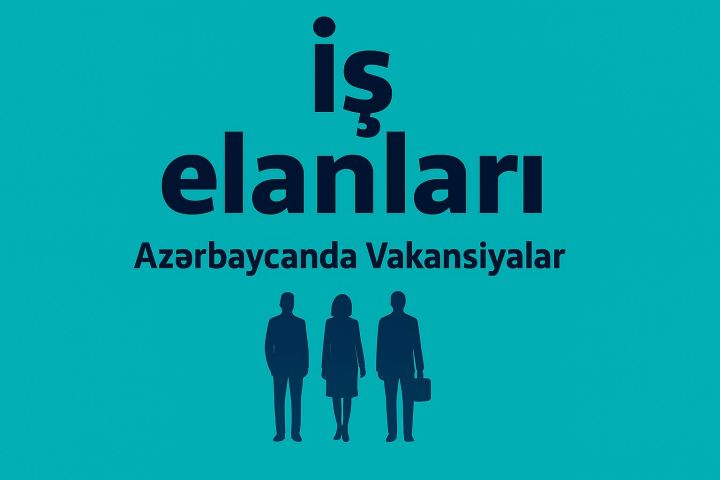
Azərbaycanda Vakansiyalar - Azvak.az

PULLU adam olmaq üçün ilk addımını at

Azərbaycan neftinin son qiyməti

“SİMA İmza”nın yeni QR paylaşım funksiyası istifadəyə verildi
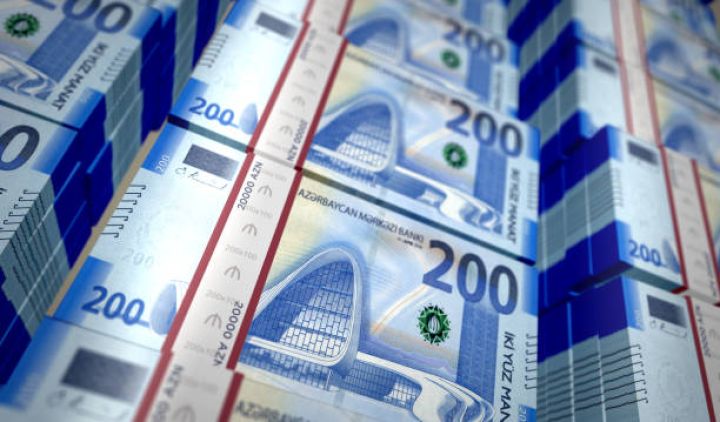
Elektron pul təşkilatı nizamnamə kapitalını 400 min manat artırıb
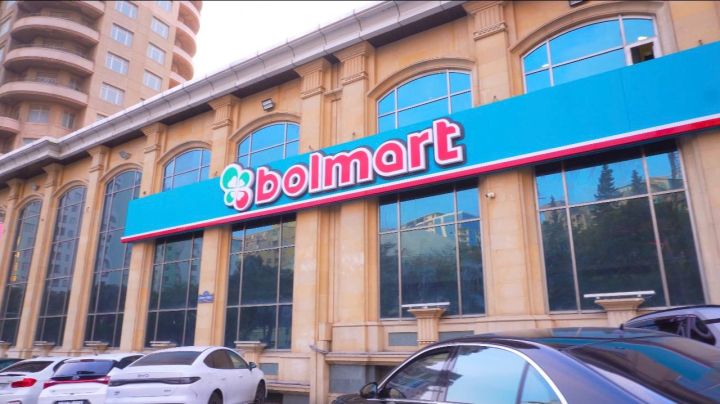
"Bolmart"ın “Təzə Bazar” filialı fəaliyyətini bərpa etdi - VİDEO

Kəlbəcər şəhərinə növbəti köç karvanı yola salınıb
Ən çox oxunanlar

AzTech şirkəti Kəlbəcər məktəbinə 73 noutbuk hədiyyə etdi

SOCAR-ın prezidenti “ITOCHU”nun direktoru ilə görüşüb, əməkdaşlıq imkanları nəzərdən keçirilib
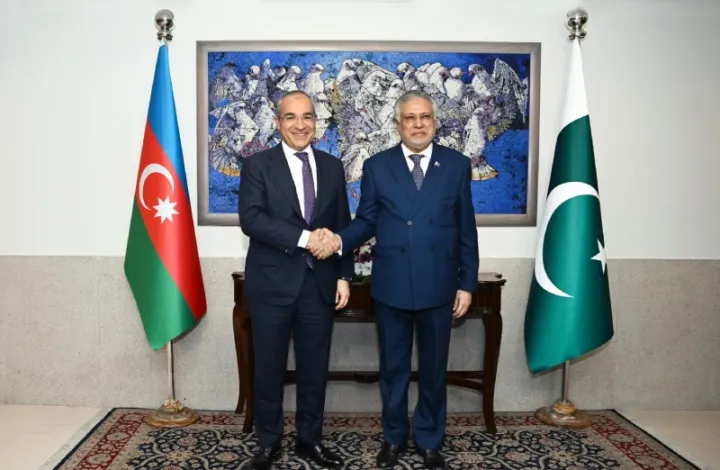
Mikayıl Cabbarov Pakistanda görüşlər keçirib, müzakirələr aparıb

İllik faiz dərəcəsinə 3%-dək endirim – EXPRESSBANK

Gürcüstan 20 gündür Azərbaycan “TIR”larını gömrükdən buraxmır

Bankda növbədənkənar yığıncaq keçiriləcək, idarəetmə orqanlarına dair məsələlər müzakirə ediləcək

BOKT istiqraz buraxışılı yolu ilə 2 milyon manat cəlb edir
